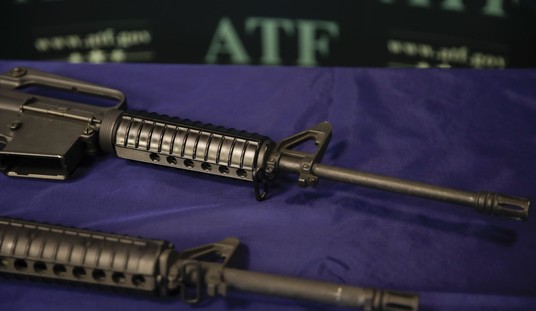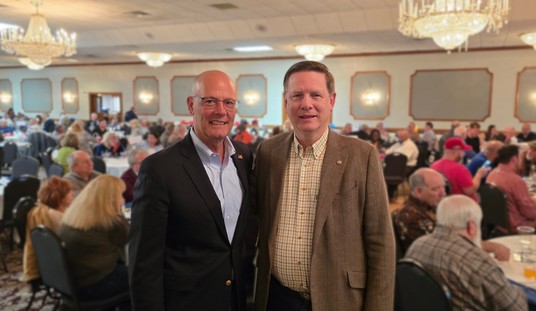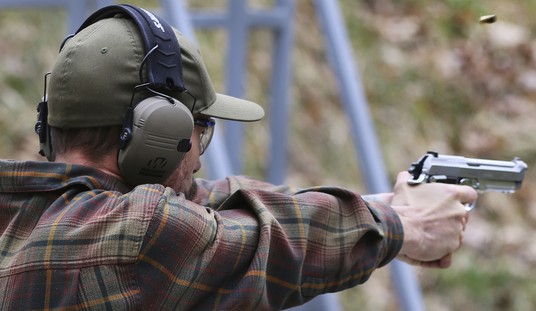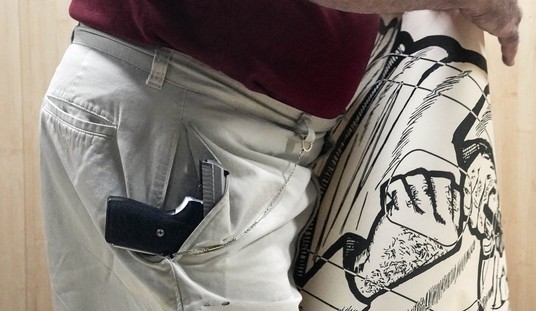Chicago is a violent, dangerous city. Because it’s so violent, police have looked for every edge they can. One system they’ve used over the years is called ShotSpotter. The system basically alerts police when a shot is fired, allowing them to respond, even if no one calls the police.
Yet it seems there are issues with the system.
Mostly, the problem comes after a 13-year-old was shot in what police are calling an “armed confrontation.” Now, ShotSpotter’s role in the shooting has it under fire.
A good place to begin the reform process Lightfoot has called for would be a critical assessment of ShotSpotter. An ongoing investigation by the MacArthur Justice Center of Northwestern University Law School has yielded evidence that this high-tech tool is wasteful, alienating for community members, and generates intolerable risks of avoidable harms.
Once we know more about what happened on March 29, it may well prove to be the case that ShotSpotter worked as intended. That makes the Toledo incident a powerful occasion for assessing the hypothesis that this technology, as used by CPD, creates an unacceptable risk of producing “split-second” situations — situations that would not otherwise occur — in which officers respond to perceived threats with deadly force.
On their website, ShotSpotter claims 97 percent accuracy. That figure is not, however, the result of rigorous research. In a 2017, a ShotSpotter forensic analyst testified in an attempted murder case in San Francisco. When asked about the company’s guarantee of accuracy, he stated, “Our guarantee was put together by our sales and marketing department, not our engineers.”
Remarkably, there are no independent, peer-reviewed studies of ShotSpotter efficacy. There are, however, two prominent studies that conclude gunshot detection systems increase demands for police resources but do not result in reductions in violent crimes or increases in the number of confirmed shootings. (Both studies were published in the Journal of Experimental Criminology; one focused on ShotSpotter in St. Louis, the other on a comparable gunshot detection system in Philadelphia.) For these reasons, a number of cities, San Antonio and Charlotte among them, have canceled their contracts with ShotSpotter.
The team at the MacArthur Justice Center has analyzed data on ShotSpotter alerts in Chicago over a six-month period, from July 2019 through December 2019. The fundamental problem with the ShotSpotter technology is that it detects loud noises, gunshots among them. In a dense urban environment, this produces a high percentage of “false positives”: i.e., alerts that may or may not have been prompted by gunfire but lead the police to find no evidence of a gun crime or any other criminal activity. There are different ways of calculating false positives. Taking a conservative approach, the percentage of ShotSpotter alerts that resulted in no case report being filed was 85.35 percent.
Also at play is the fact that ShotSpotter is only set up in low-income black and Hispanic communities.
Of course, in fairness, those neighborhoods also happen to be the ones with more shootings happening than in the wealthier, white neighborhoods. That’s kind of the problem with some of this. These systems aren’t cheap, so deploying them where there is little need makes no sense, yet not doing so is branded as racist.
Now, I’m always skeptical when the media starts bashing a law enforcement tool, but this time they might be on to something.
Then again, that might be fueled by my mistrust of anyone who would hire David Chipman.
That’s right. President Biden’s pick to head the ATF worked for this company for a time, according to his LinkedIn profile.
Anyway, my skepticism is just because of ShotSpotter’s past employees. Part of the problem is differentiating between a gunshot and any other loud noise. The average gun person can tell if something is a gunshot or if it’s a firecracker or something else. We just know it by the way it kind of rings after the bang.
Trying to teach a computer, though, is tricky.
Based on the cited information, it sounds like ShotSpotter hasn’t figured that part out.
Editor’s Note: Want to support Bearing Arms so we can tell the truth about Joe Biden and the Left’s radical gun control agenda? Join Bearing Arms VIP. Use the promo code GUNRIGHTS to get 25% off your membership.








Join the conversation as a VIP Member